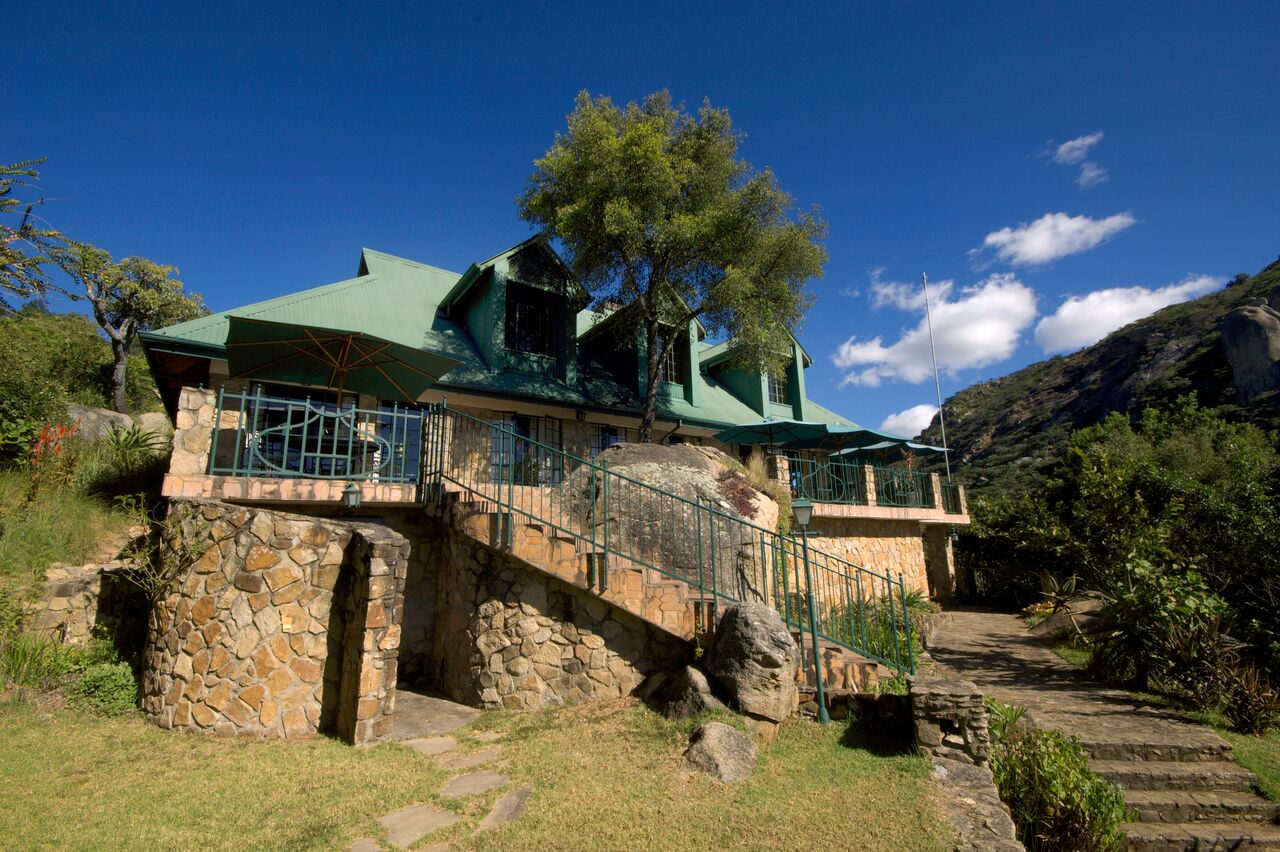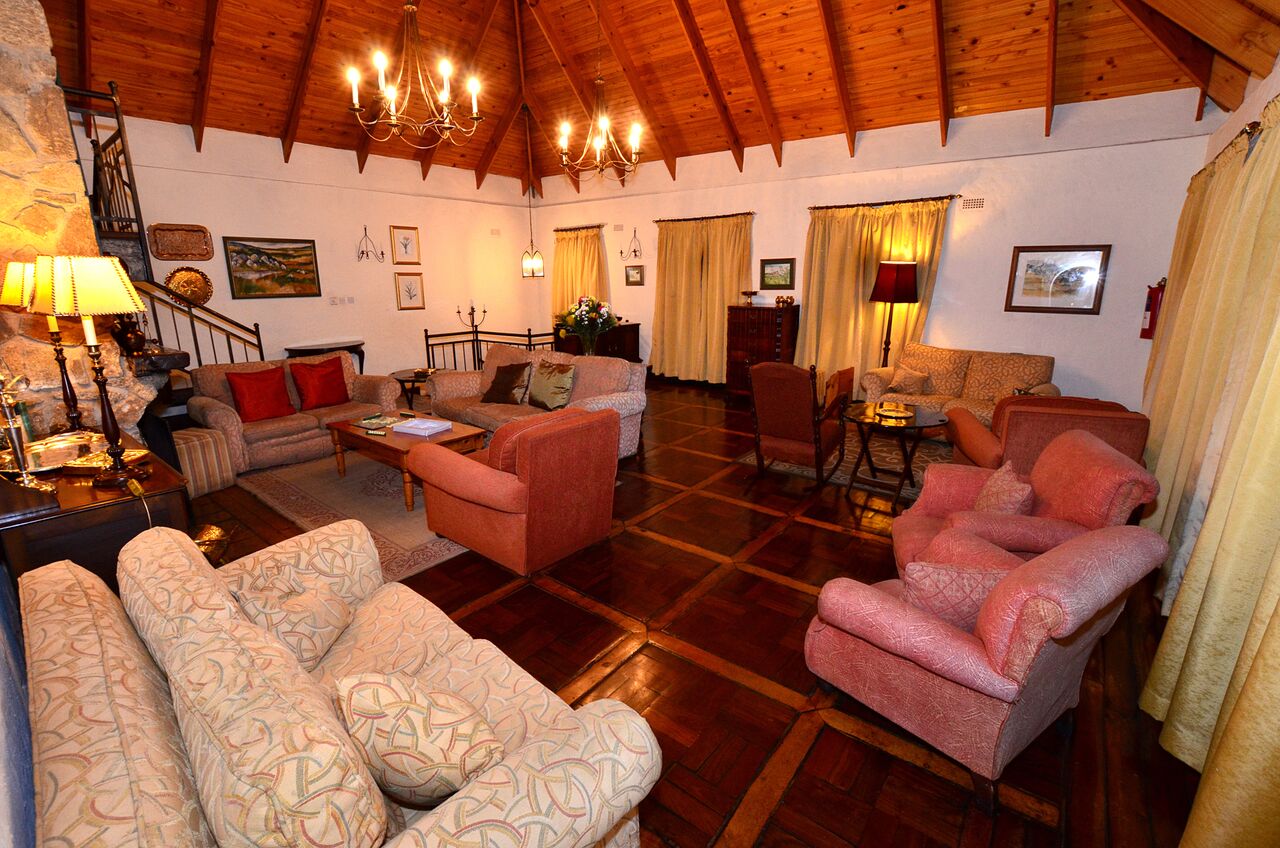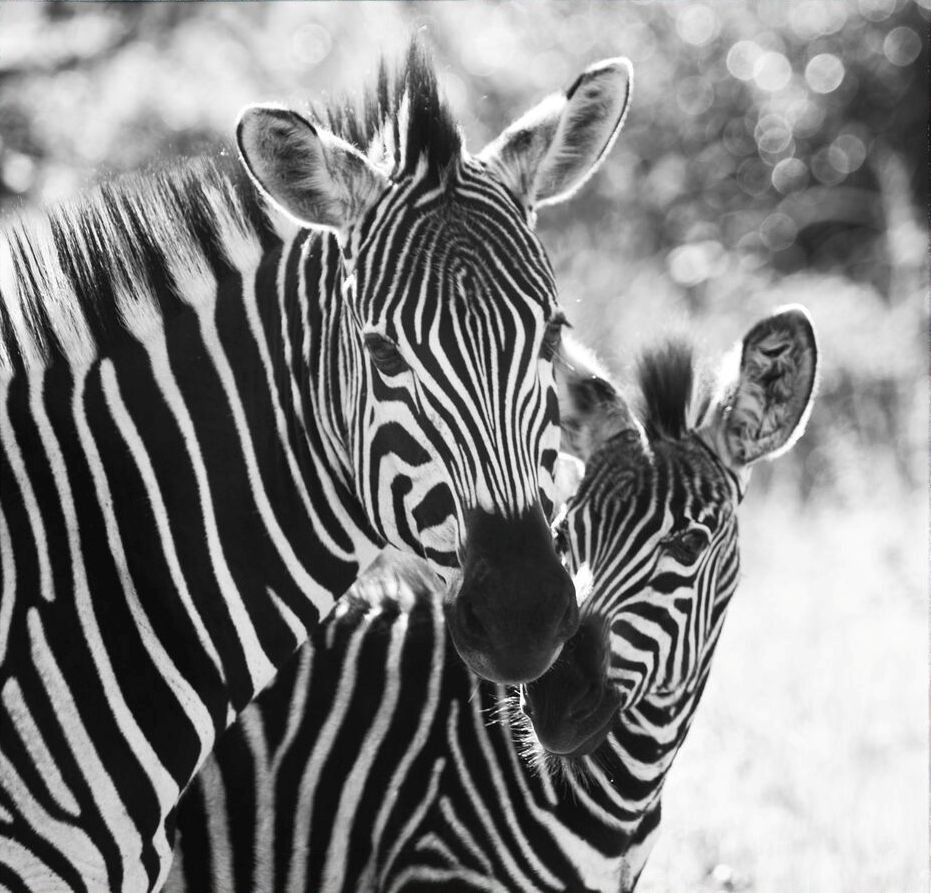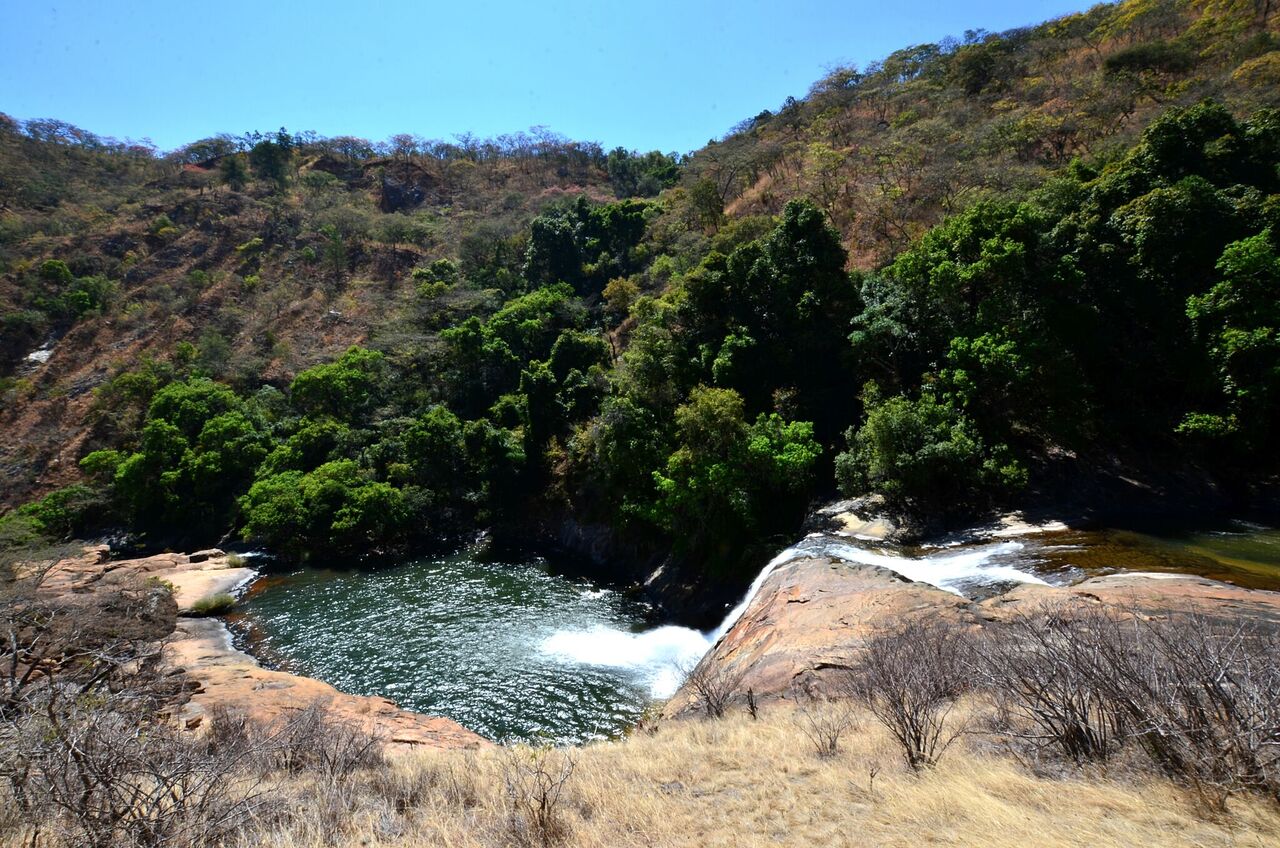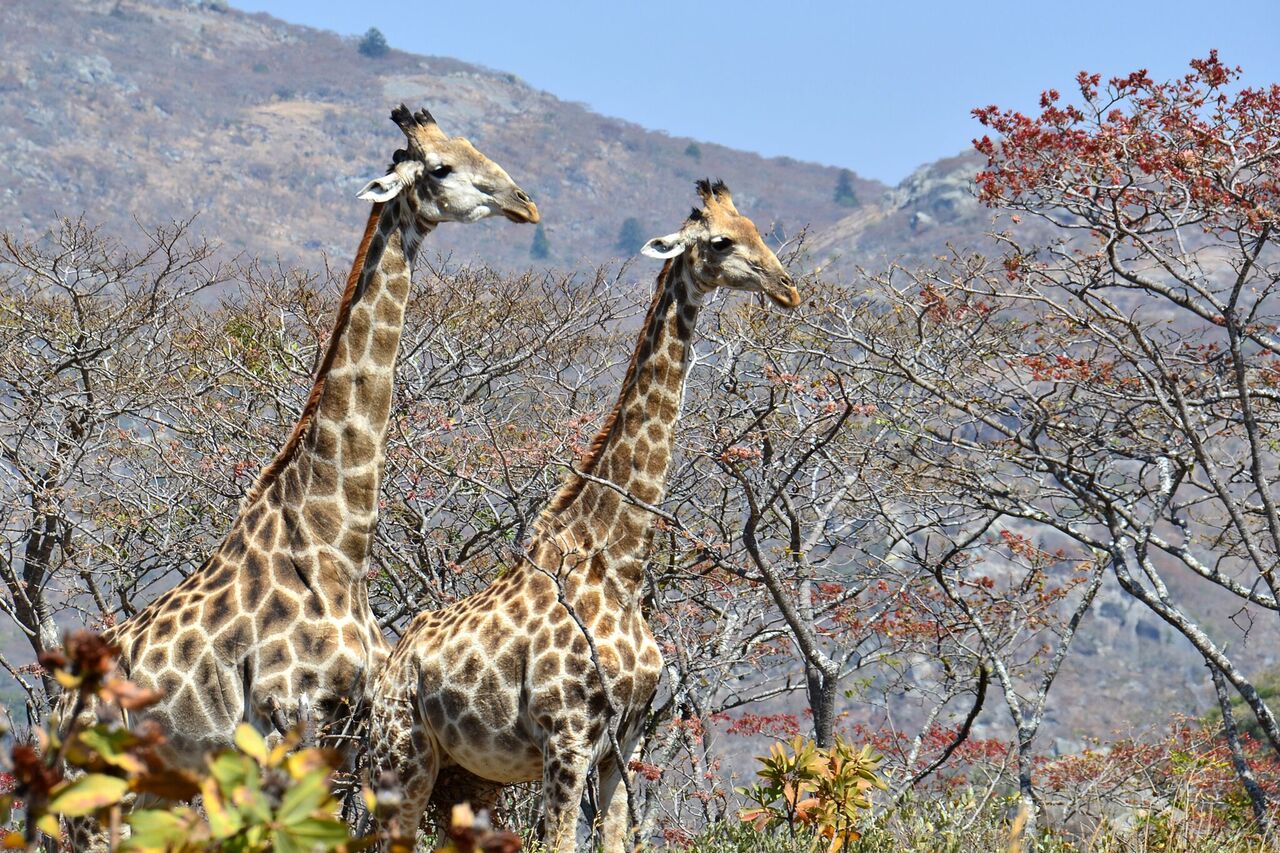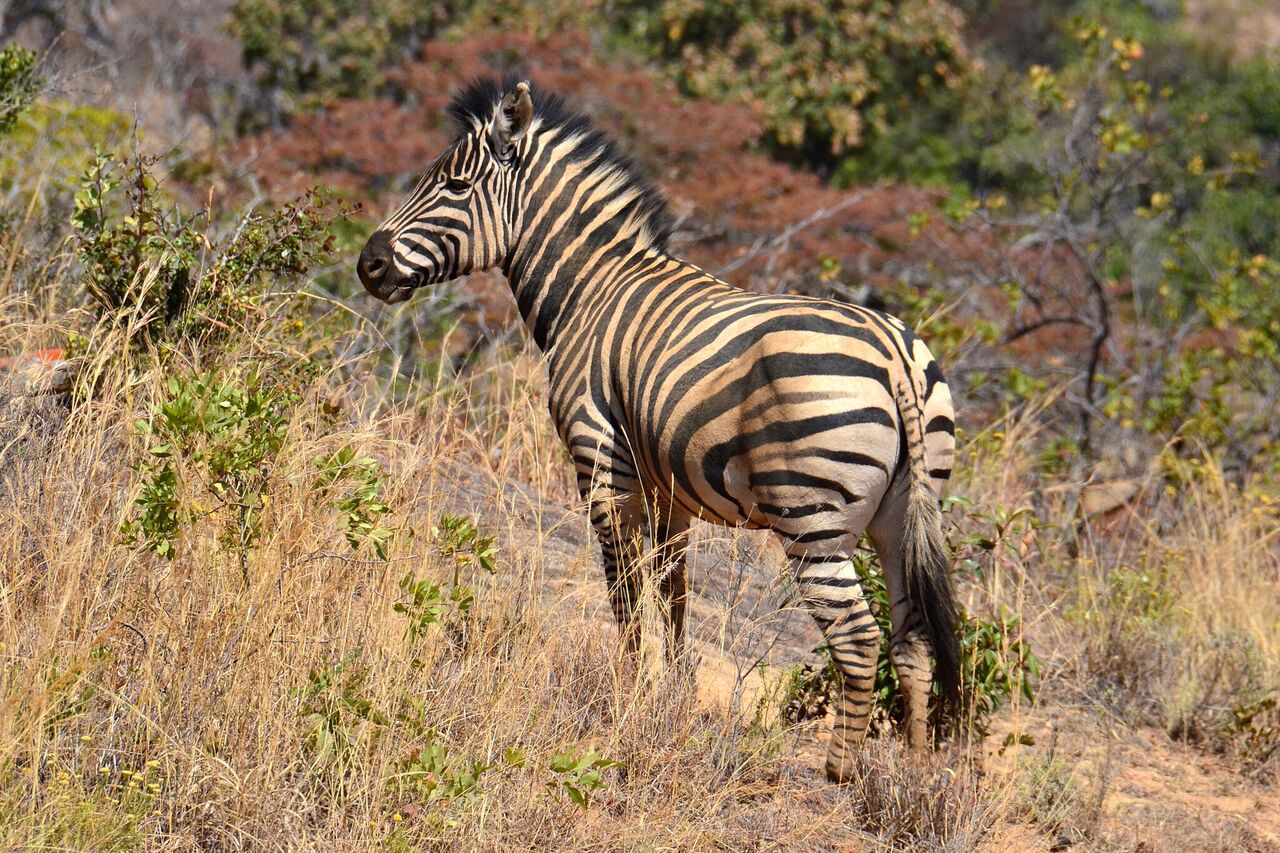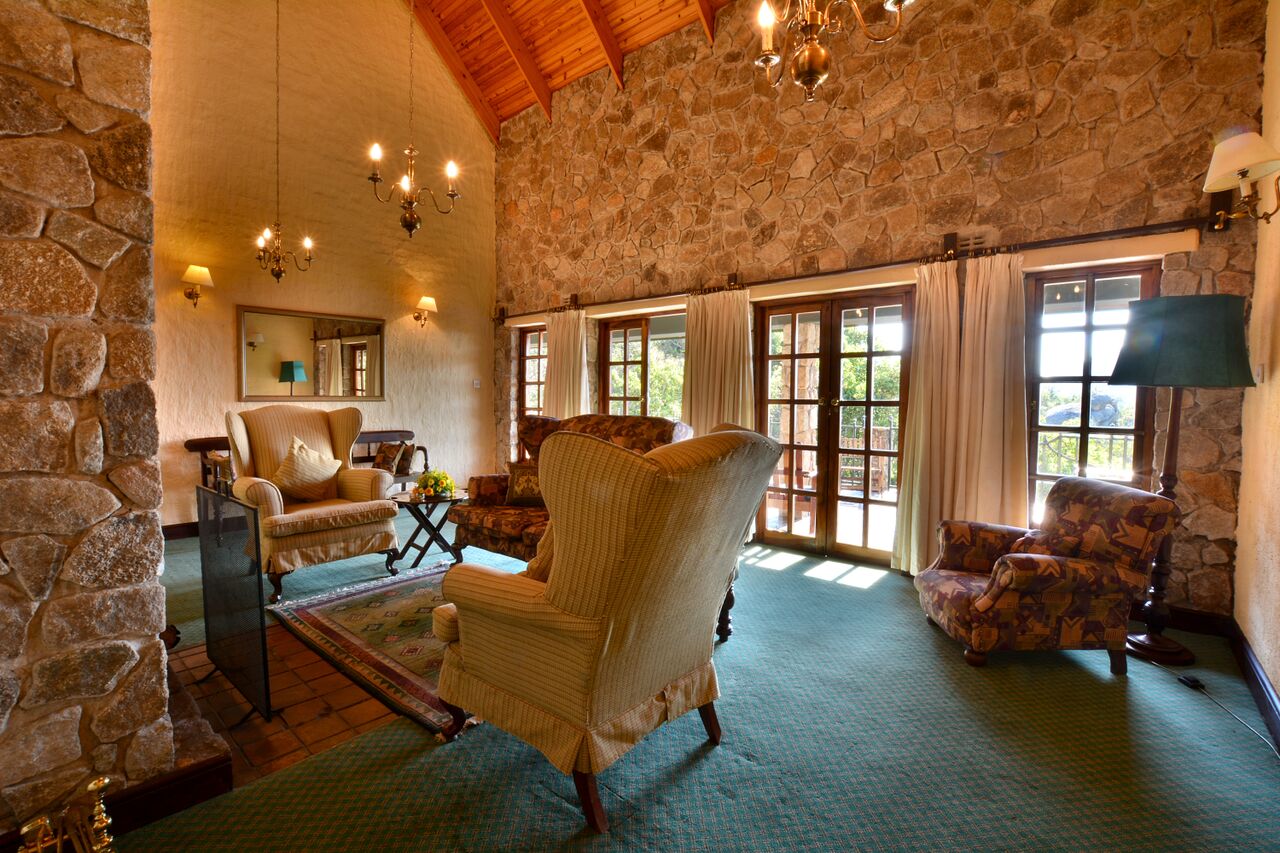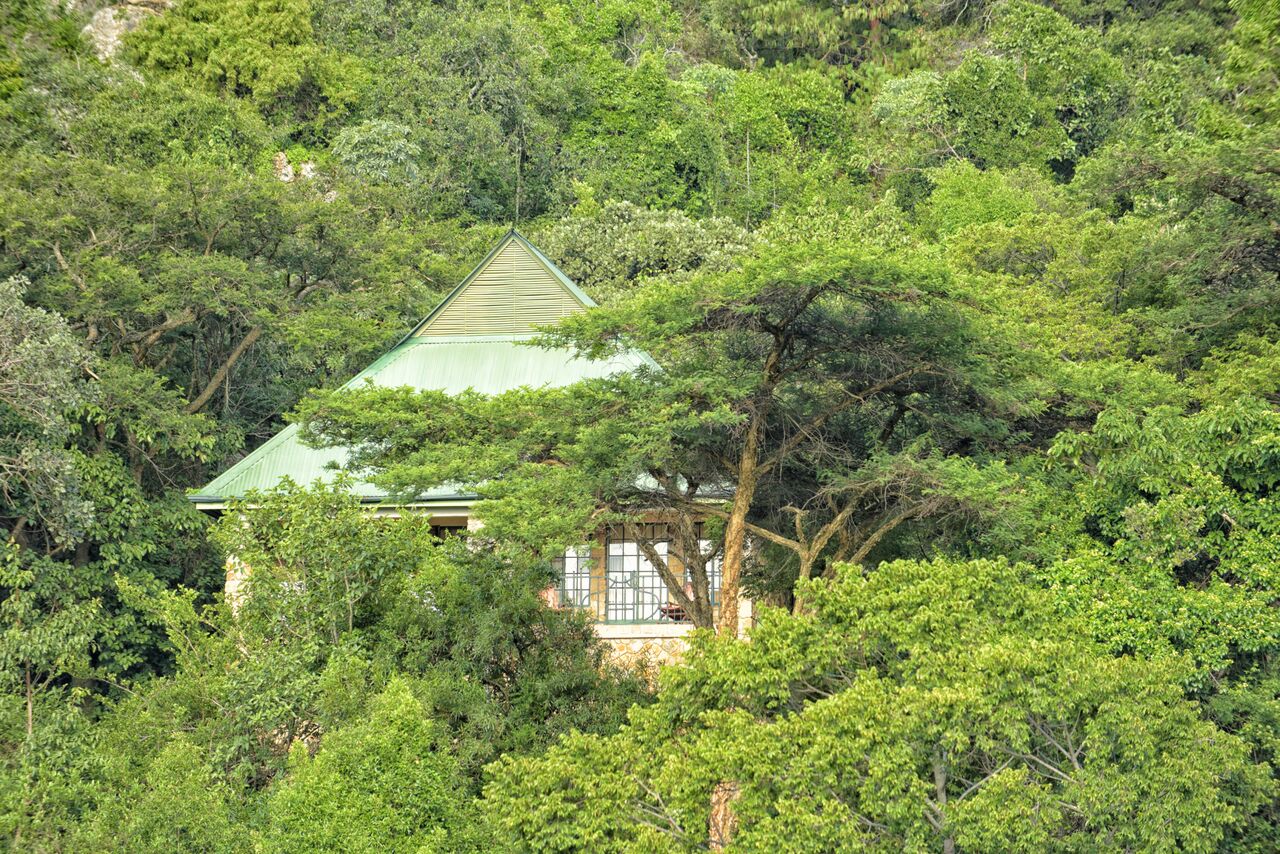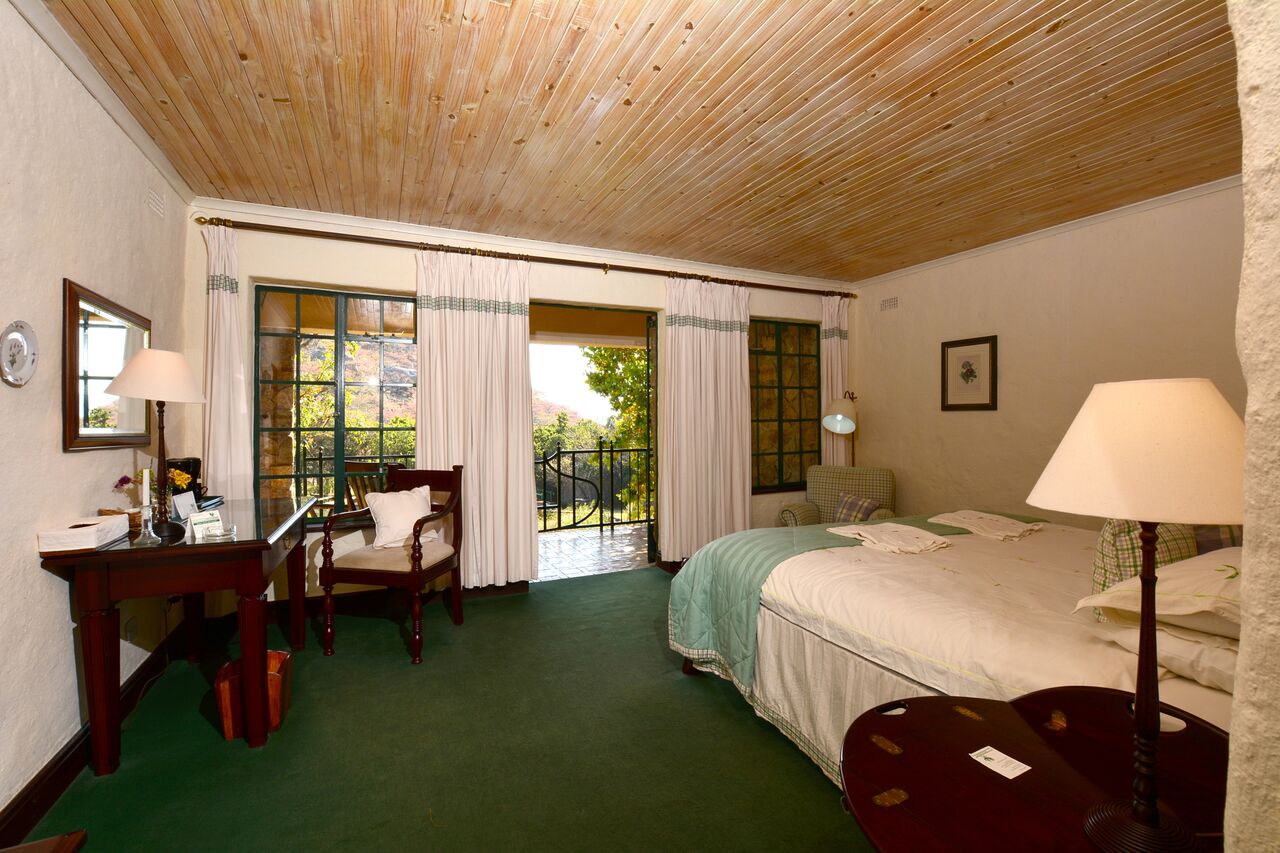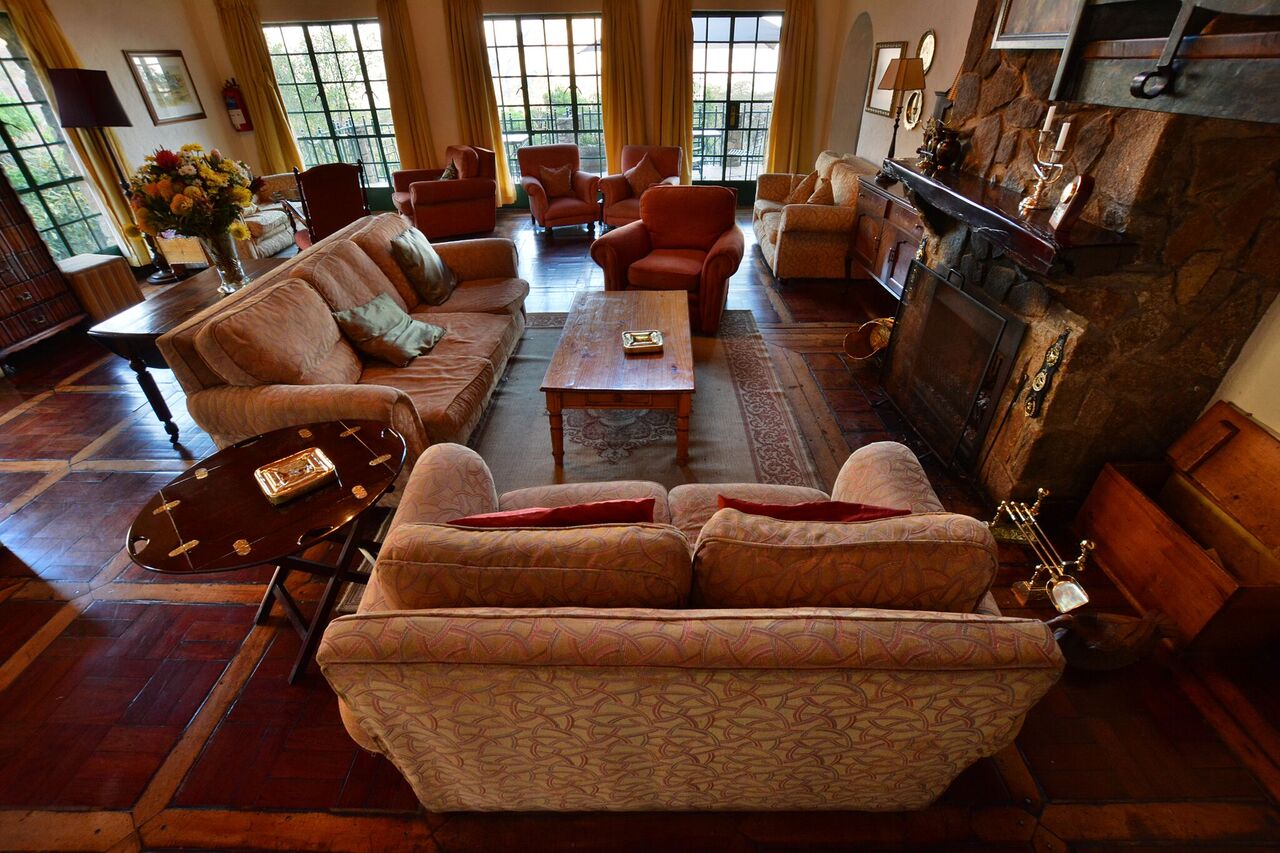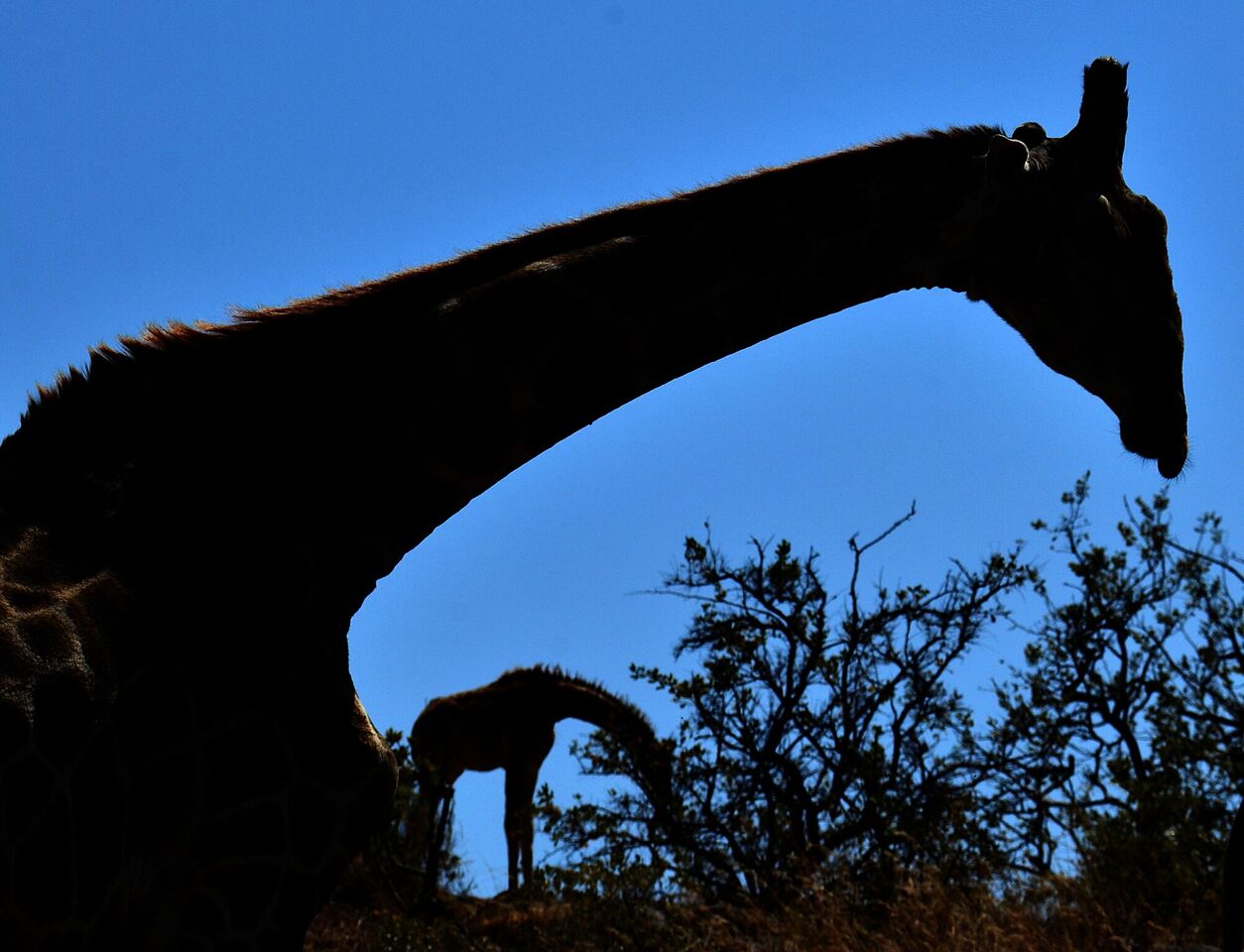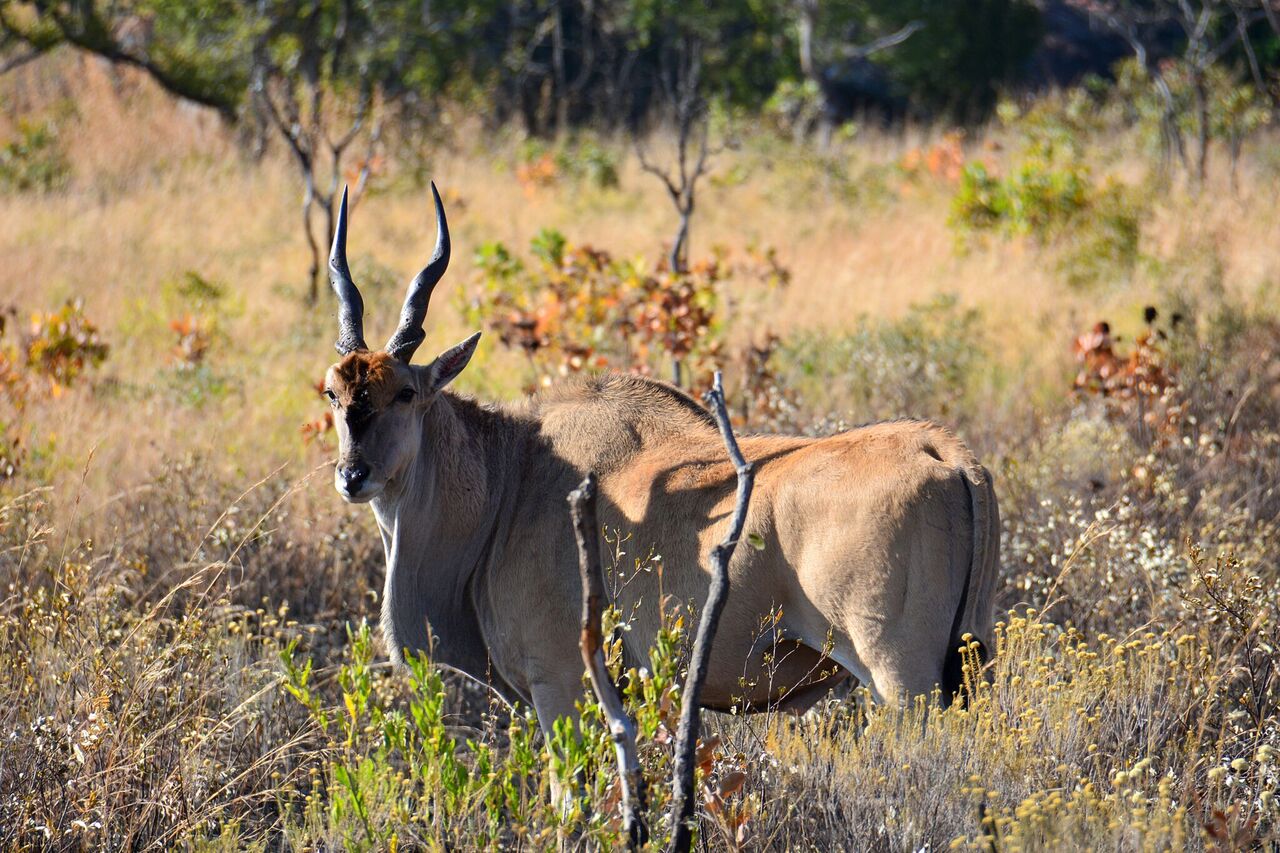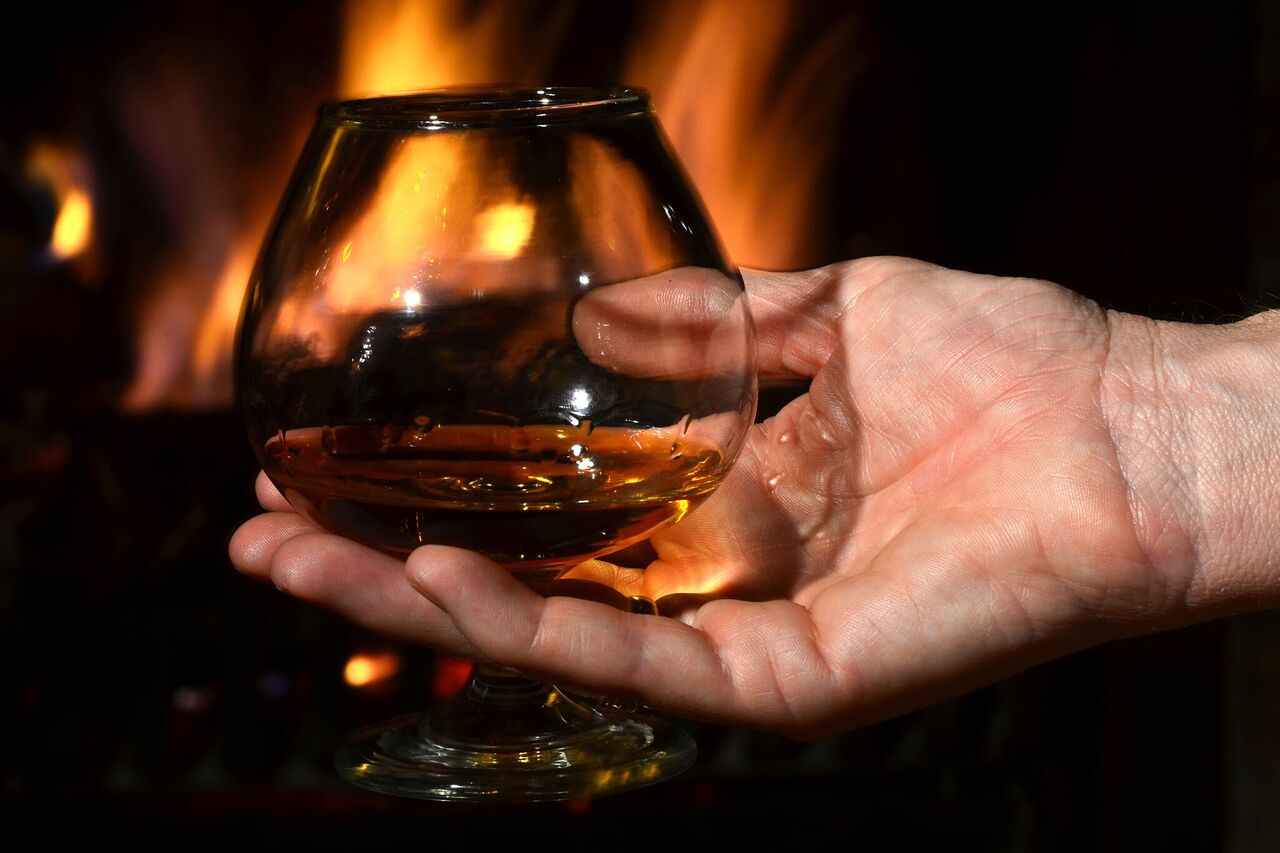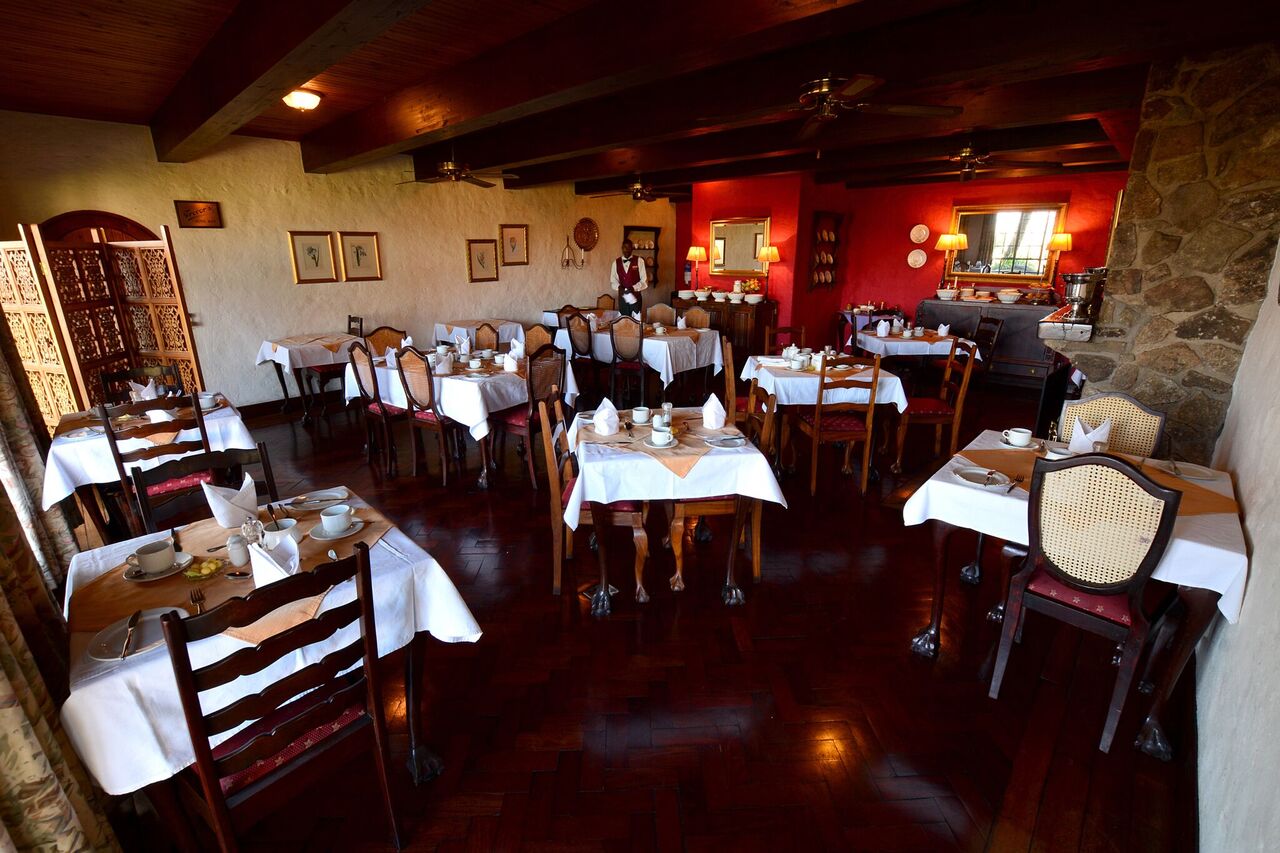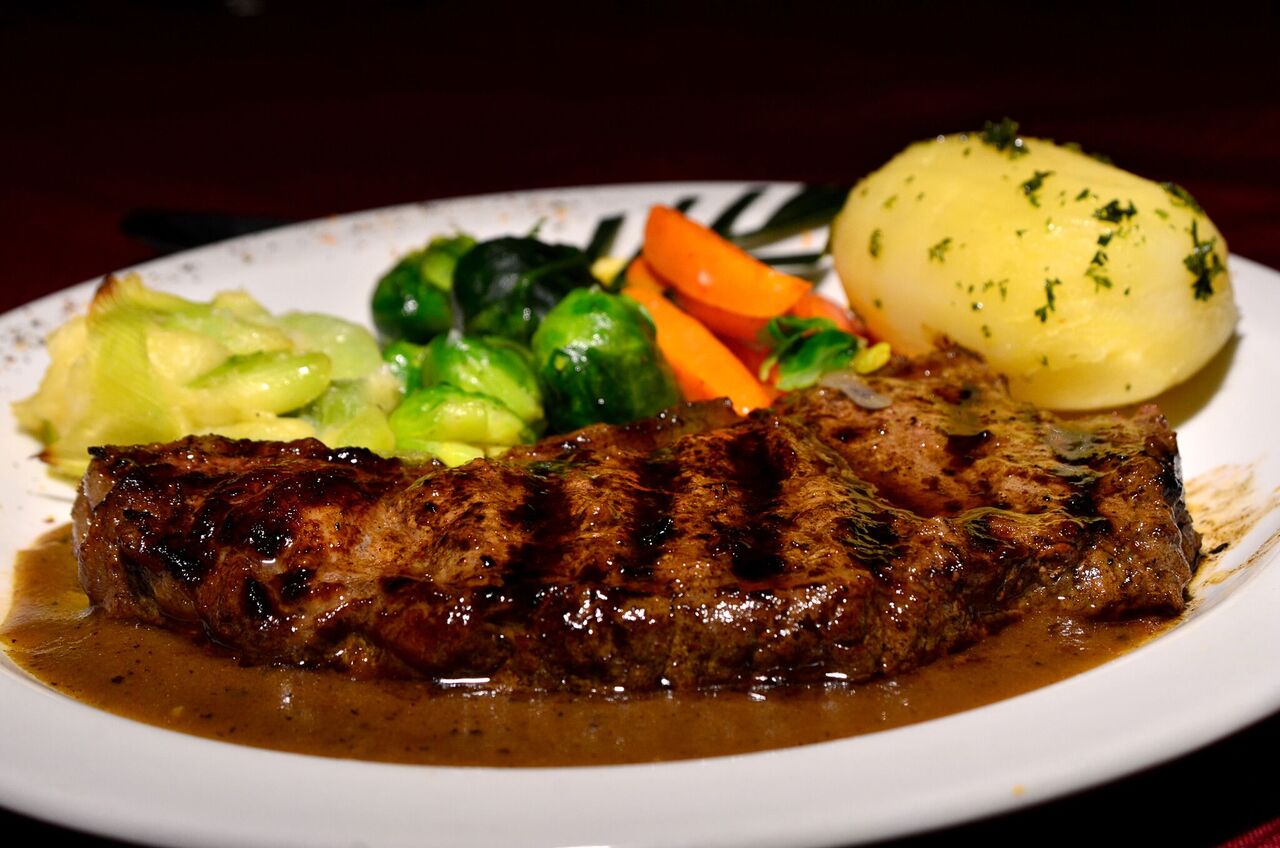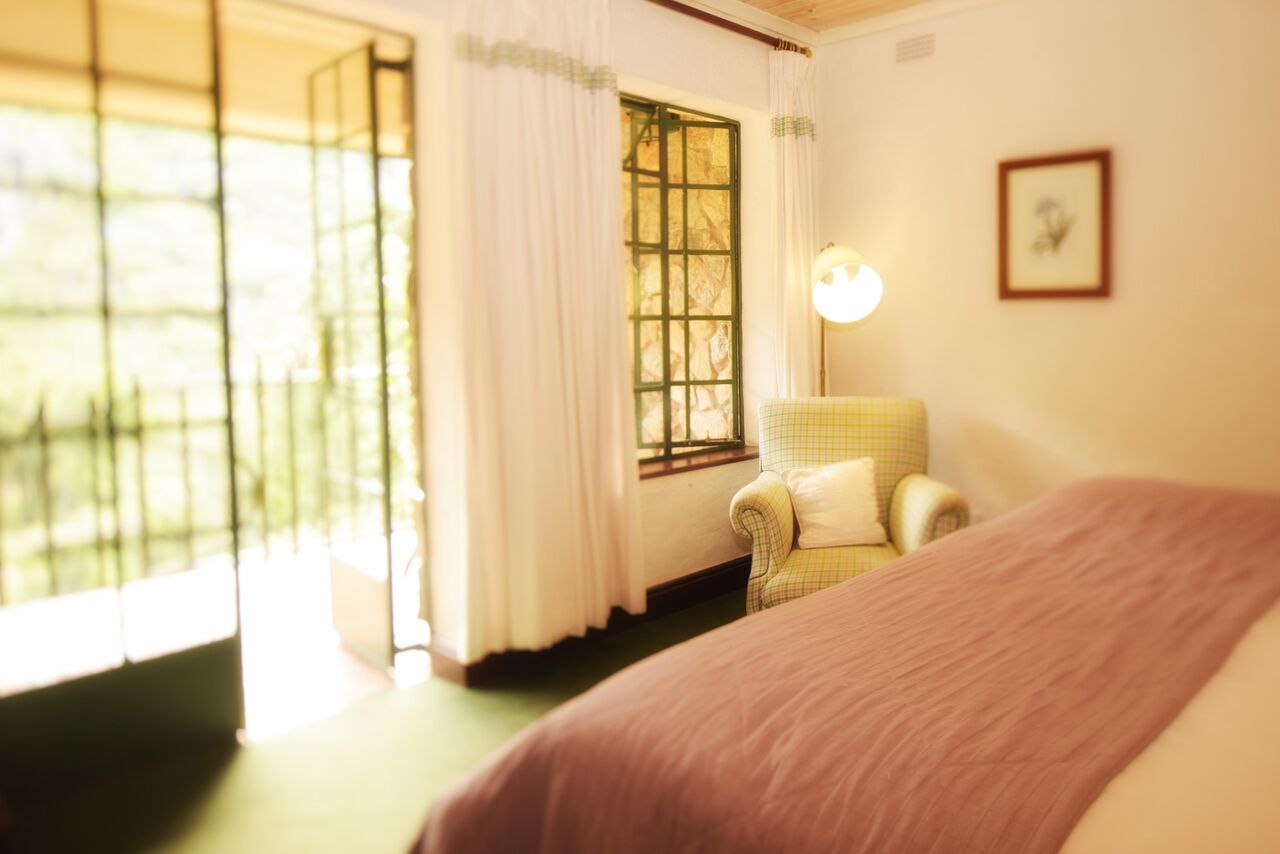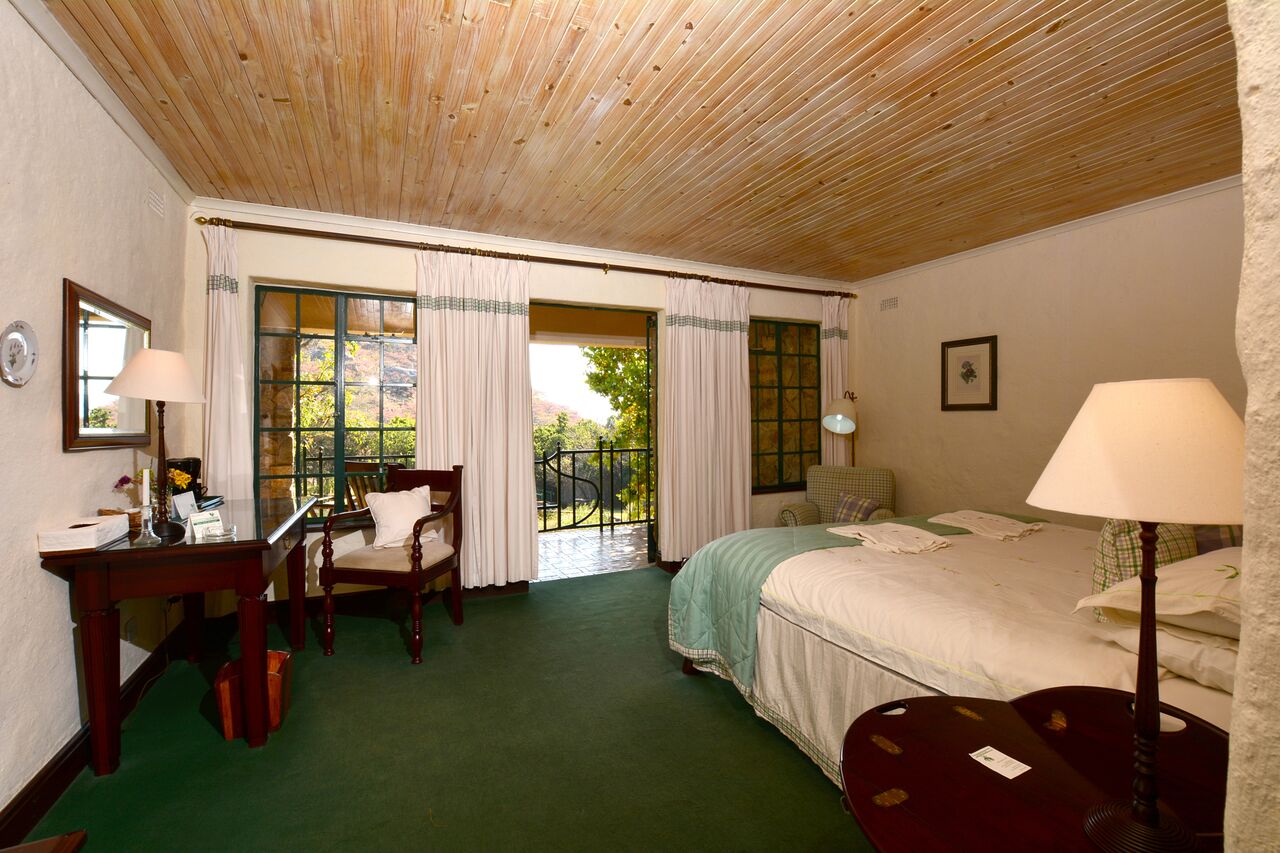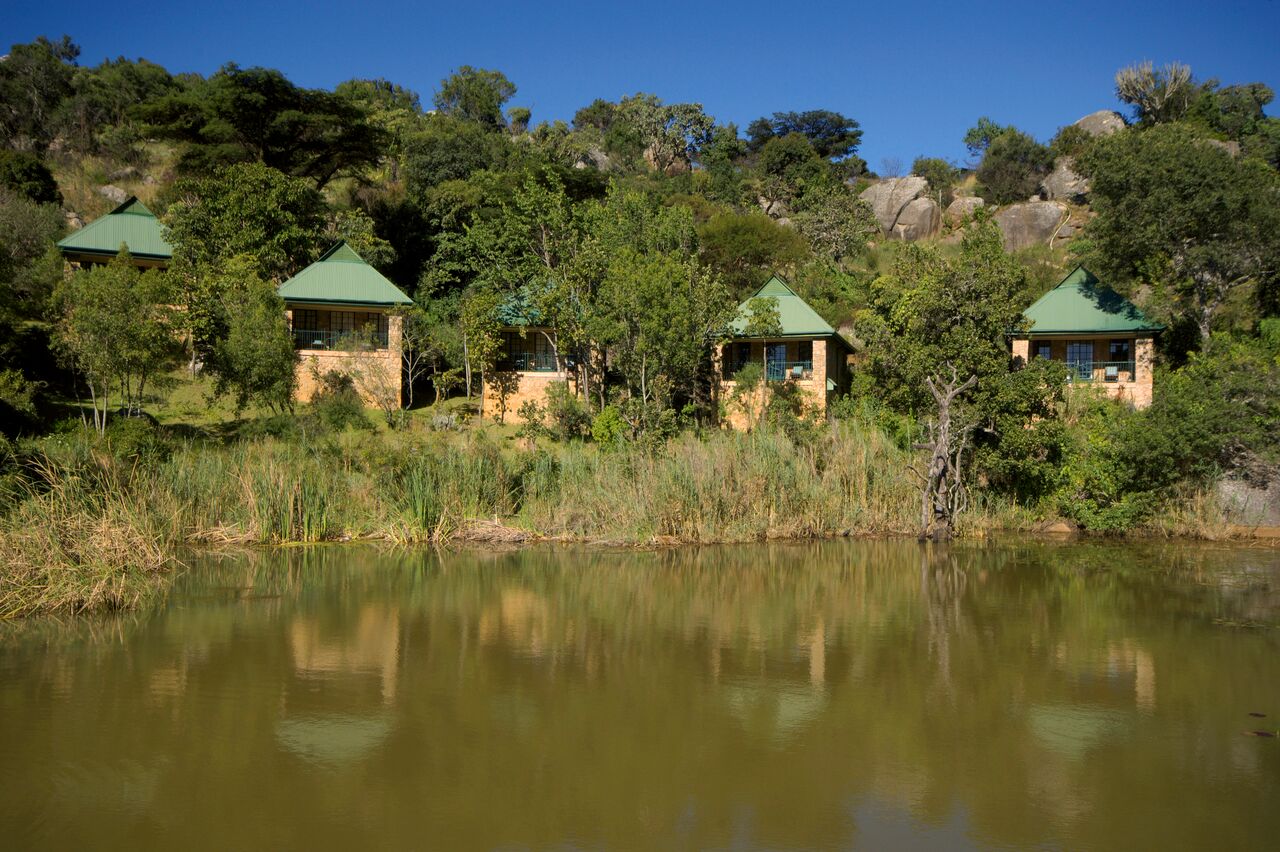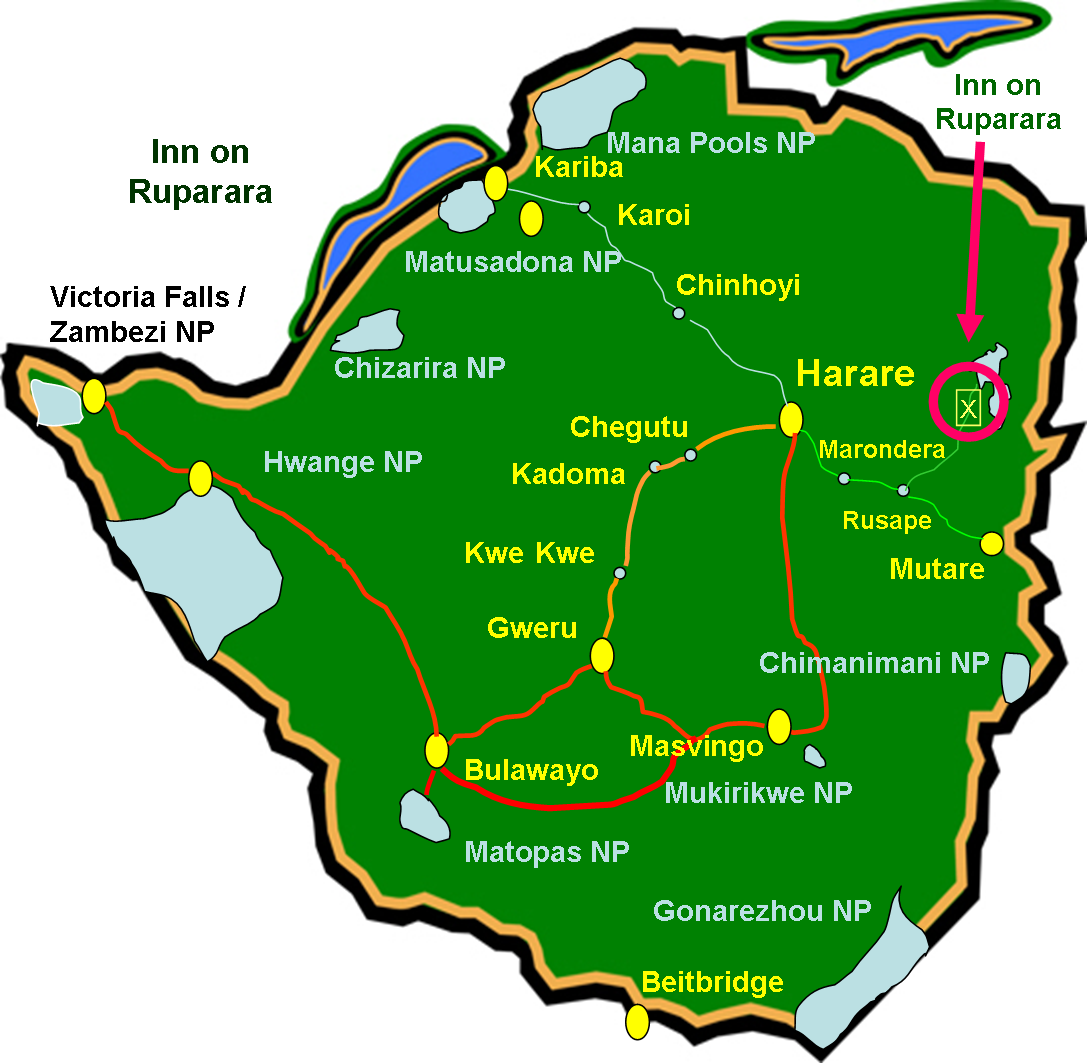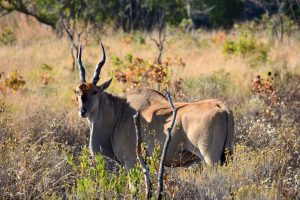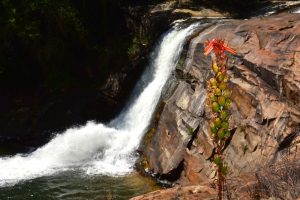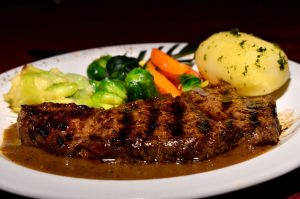Inn on Ruparara
Situated 256 kilometres from Harare off the Mutare / Juliadale road
Inn on Ruparara is located in Juliasdale and is surrounded by natural vegetation and the scenic beauty of the Nyanga mountains. Vistas of blue, gold and green African Highveld stretch before you at every turn. Granite mountains and hillsides covered with indigenous woodland provide for a truly exquisite setting.
Opened in September 1997, Inn on Rupurara was developed from virgin bush in a rocky and wooded valley and thus provides guests with a unique offering of attractions and amenities. The style of the building is Cape Country and has been built using local stone and wood, all under green corrugated iron roofing to blend into the local scenery.
A few kilometres away is ‘Rupurara’, the so named granite mountain which means ‘bald man’s head’ in the local dialect. Surrounding the inn is an estate that is stocked with wildlife, while a spectacular drive down to the Nyangombe river takes visitors to the estate’s own trout farm.
Further afield lie all the attractions of the Nyanga district and Rhodes Nyanga National Park. Attractions include the beautiful mountains, waterfalls, lakes, rivers, ancient historic village ruins, golf courses and a casino. The splendid isolation of the inn is one of its key attractions and members of the public may only visit if booked in or if coming under reservation to enjoy a meal. This means all its delights are reserved for its guests, who can relax and make the most of all it has to offer.
Meals are enjoyed in the well appointed dining room or on the patio, while drinks can be taken in the wine bar or enjoyed on the terrace or guests can relax in one of two lounges and read or play board games. One of the lounges has a bay window offering beautiful views of the surrounding mountains.
Since its opening Inn On Rupurara has won a number of awards, including the prestigious Best Country Resort Award from the Association of Zimbabwean Travel Agents. These awards are based on nomination and voting among members of AZTA across the country. The Inn on Ruparara has built up an enviable reputation for its cuisine over the years and despite some very difficult trading periods due to the country’s wider economic problems it has been able to maintain a very good standard and remains a firm favourite with local and international visitors to Nyanga and the Eastern Highlands.

